Whether you’re new to vacation rentals or a seasoned host, understanding the Airbnb occupancy rate is essential. It directly impacts your pricing strategy, booking volume, and long-term success.
In this guide, you’ll learn how to calculate your occupancy rate and discover proven strategies to improve it, helping you boost profits and stay competitive.
Need help managing daily tasks? Hostex automates up to 70% of your operations, from guest messaging to smart pricing, giving you more time to grow your business. Starting at just $4.90/month.
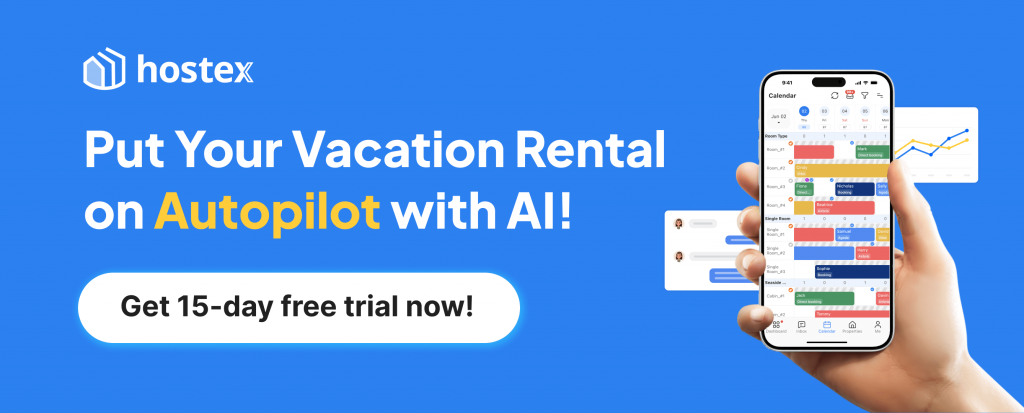
What Is the Airbnb Occupancy Rate?
Airbnb occupancy rate is a key metric that shows how often your short-term rental property is booked over a certain period. It’s calculated by dividing the number of booked nights by the total number of available nights, then multiplying by 100%.
For example,
if your short-term rental property is available for 365 days in a year and guests actually book it for 220 days, your occupancy rate for that year would be approximately 220÷365×100%≈60%.
Tracking your occupancy rate helps you evaluate your property’s performance. It also provides valuable data for adjusting pricing, marketing, and availability strategies.
What Is a Good Occupancy Rate for Airbnb?
There is no fixed standard for a “good” occupancy rate. This number varies depending on your location, property type, and seasonality.
That said, most successful Airbnb listings maintain an occupancy rate between 60% and 80%. In busy tourist destinations or during peak seasons, rates may go even higher. In quieter areas or off-seasons, 50% can still be acceptable. This is why knowing your local market is essential.
To give you a benchmark, here are the average Airbnb occupancy rates in recent years:
- 2024: 57%
- 2023: 55.4%
- 2022: 58.6%
- 2021: 60.3%
If your property is located in the U.S., as a savvy Airbnb host or property manager, you would certainly want your property’s performance to exceed this average by a few percentage points.
However, I want to remind you that a high occupancy rate does not necessarily equate to good revenue metrics. If you focus solely on maximizing occupancy and excessively lower your nightly rates, you might end up sacrificing income, which could be counterproductive.
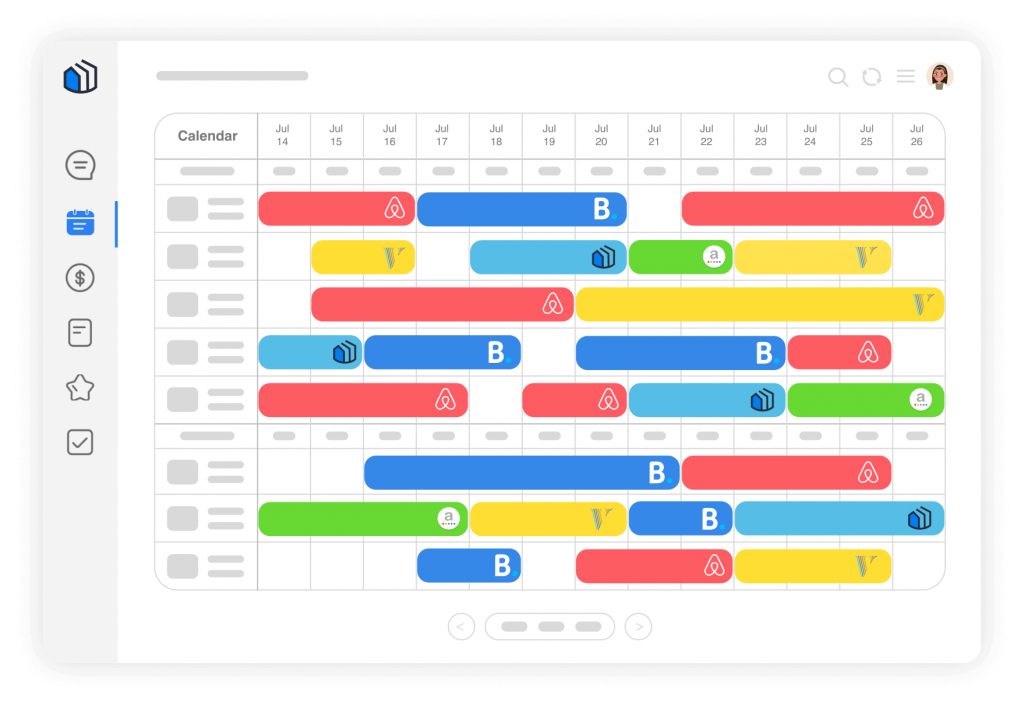
Importance of Occupancy Rate for Airbnb Hosts
For hosts managing short-term rentals, tracking the occupancy rate provides valuable insights into booking trends and helps you make informed business decisions.
- Measuring Profitability: A high occupancy rate indicates that your property is attractive in the market and effectively draws in guests. As your occupancy rate increases, your revenue will also rise accordingly. Airbnb hosts can monitor occupancy rates to assess their market competitiveness and profitability.
- Reducing Vacancy Rates: Each unbooked night represents a loss of potential income. Unlike other goods, an unbooked property cannot be “resold” for that night. Understanding your occupancy rate helps identify low booking periods, allowing you to take targeted actions to reduce vacancy rates and maximize income.
- Market Adaptability: Flexibly responding to changes in market demand is key to long-term success. Knowing your occupancy rate can help hosts adjust marketing and pricing strategies promptly. For instance, if you notice a decline in occupancy during a particular quarter, you might consider promotions or discounts to attract more guests.
- Guiding Improvement Decisions: By analyzing occupancy rate changes across different properties or over various periods for the same property, hosts can assess the impact of improvements, such as furniture updates or facility upgrades. This analysis clarifies the return on investment (ROI), helping you prioritize which enhancements to implement first.
- Providing Investment Insights: Investors and vacation rental hosts can quickly identify areas for improvement by comparing occupancy rates of similar properties in the same location. Based on these insights, you can adjust pricing strategies or optimize marketing efforts to meet market demand better and enhance competitiveness.
Factors Affecting Occupancy Rate
Several factors influence the Airbnb occupancy rate. Here are some key aspects:
- Property Type: Unique lodging experiences, such as treehouses, boats, or luxury villas, often attract more guests. In contrast, standard apartments or houses may face stiffer market competition.
- Seasonal Trends: Occupancy rates typically rise significantly during peak travel seasons, such as summer vacations and holidays. Conversely, during off-peak times, occupancy rates may decline.
- Local Events and Holidays: Special local events, holidays, or major conferences can attract many tourists, providing hosts with opportunities to increase bookings.
- Pricing Strategy: Booking volumes may drop if prices exceed guests’ expectations. On the other hand, setting prices too low can negatively impact revenue.
- Reviews and Ratings: High ratings and positive reviews enhance the credibility of a property, attracting more potential guests. Conversely, negative reviews can decrease guests’ willingness to book.
- Brand Awareness: A host’s brand recognition can also affect occupancy rates. A host with a strong reputation in the market often attracts more repeat customers and new clients.
- Airbnb Certifications: Certifications like “Superhost” or “Guest Favorite” indicate high standards of service and excellent customer experience. These endorsements carry significant weight.
In addition to these factors, amenities, cancellation policies, location, accessibility, nearby facilities (such as dining, shopping, and entertainment), as well as property cleanliness and maintenance, all influence guests’ choices. You need to consider these factors comprehensively to develop effective operational strategies.
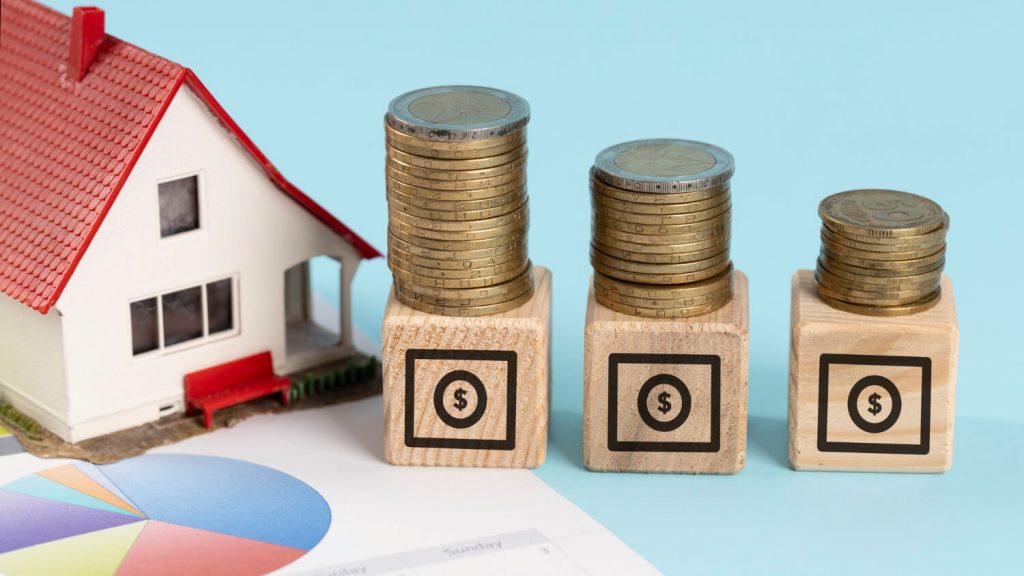
How to Improve Airbnb Occupancy Rate?
While the occupancy rate may not fully reflect your revenue performance, it remains crucial. After all, you can only profit when guests book your property.
In our previous article, we explored “How to Get More Bookings on Airbnb.” The tips mentioned there are also applicable to enhancing your Airbnb occupancy rate.
1. Capture Professional Photos
2. Create a Unique and Engaging Description
3. Optimize Your Pricing Strategy
4. List All Amenities
5. Quick Response to Inquiries
6. Enable Instant Book
7. Obtain 5-Star Reviews
8. Flexible Minimum Stay Requirements
9. Flexible Cancellation Policy
10. Become a Superhost
In addition to the above 10 tips, we would like to share a few other equally important and effective strategies.
11. Consider Discounts or Special Offers
Offering discounts is a great way to secure more bookings. Many guests are price-sensitive and prefer the more affordable option for similar quality stays. You can provide attractive discounts for early bookings, off-peak reservations, multiple stays, or long-term rentals. This depends on your creativity as a host.
12. Aim for the Airbnb Guest Favorite Badge
The Airbnb Guest Favorite certification is even more prestigious than the Superhost designation. It indicates that your property offers exceptional hospitality and guest experience. Additionally, it can significantly increase your visibility in Airbnb’s search algorithm, attracting more travelers and ultimately boosting bookings.
13. Optimize Your Marketing Strategy
Utilizing social media platforms like Facebook, Instagram, X, or TikTok to promote your rental can be very effective. Although initial likes and shares may be lower than expected, remain patient. Over time, more people will see your posts, increasing your property’s exposure.
14. List Your Property on Multiple OTAs
In addition to Airbnb, consider cross-listing your property on platforms like Booking.com, Expedia, and Vrbo. Each platform targets different types of guests, providing you with more visibility and opportunities to improve occupancy rates. We have also written an article on “Maximizing Your Vacation Rentals by Listing on Multiple Channels.”
15. Collaborate with Local Businesses
Partnering with local tourism companies, restaurants, or event organizers can help promote your vacation rental and generate new booking leads. This collaboration can enhance your brand awareness and attract potential guests that online channels may not reach.
16. Create a Direct Booking Website
Establishing a direct booking website is an excellent way to secure repeat guests. This approach allows you to avoid high OTA commissions, enabling you to set more competitive prices. Additionally, you can easily gather valuable operational data and guest information, fostering strong customer relationships and implementing more flexible marketing strategies.
17. Introduce Vacation Rental Management Software
Using vacation rental management software like Hostex can help you manage your listings across multiple platforms. Hostex not only automates communication with guests but also streamlines cleaning processes. By minimizing human error and enhancing guest satisfaction, Hostex can help you maintain a high occupancy rate year-round.
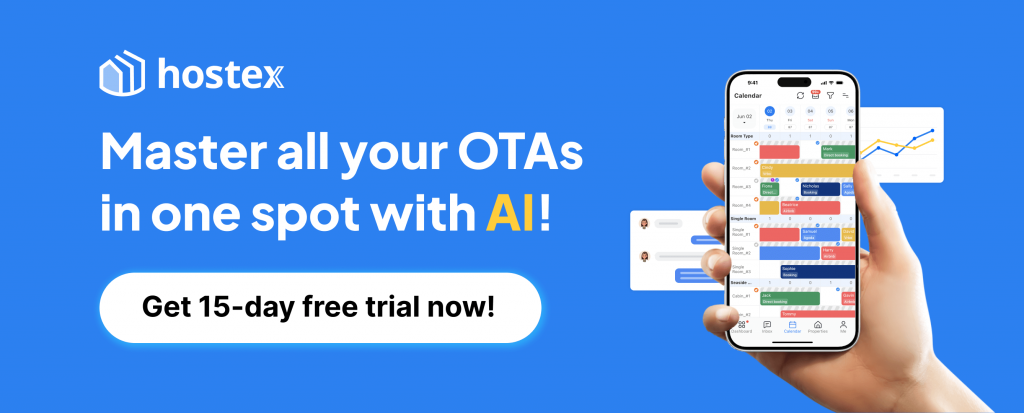
Final Thoughts
Understanding your Airbnb occupancy rate isn’t just about tracking numbers—it’s about making smarter decisions for long-term success. A healthy occupancy rate enables you to assess demand, adjust pricing, and pinpoint areas for improvement.
If your rate falls below market averages, don’t panic. Instead, review the key factors—location, pricing, listing quality, guest communication, and seasonal trends—and apply proven strategies to boost bookings.
Ultimately, the goal is not just to increase nights booked, but to maximize revenue and guest satisfaction. By staying informed and proactive, you can maintain a competitive and profitable short-term rental business.


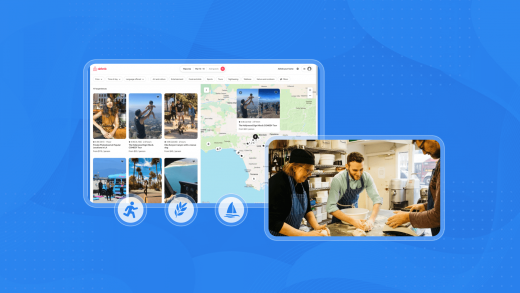
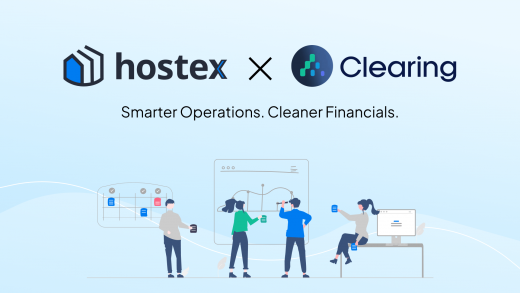
This is so valuable, thanks for posting!
Absolutely agree!
What you posted made a bubch of sense. But, consider this, what if you typed a
catchier title? I ain’t suggesting your content isn’t good., however what if you added a headline to maye
get folk’s attention? I mean Aibnb Occupancy Rate: 17 Tips
to Boost Your Rental Success is a littlpe plain. You could peek at Yahoo’s front page and watch how they create nrws titles to grab viewers to click.
You might add a related video or a pic oor two to get people excited about what you’ve
got to say. Just myy opinion, it would make yojr postts a little livelier.
Thanks for your suggestion!